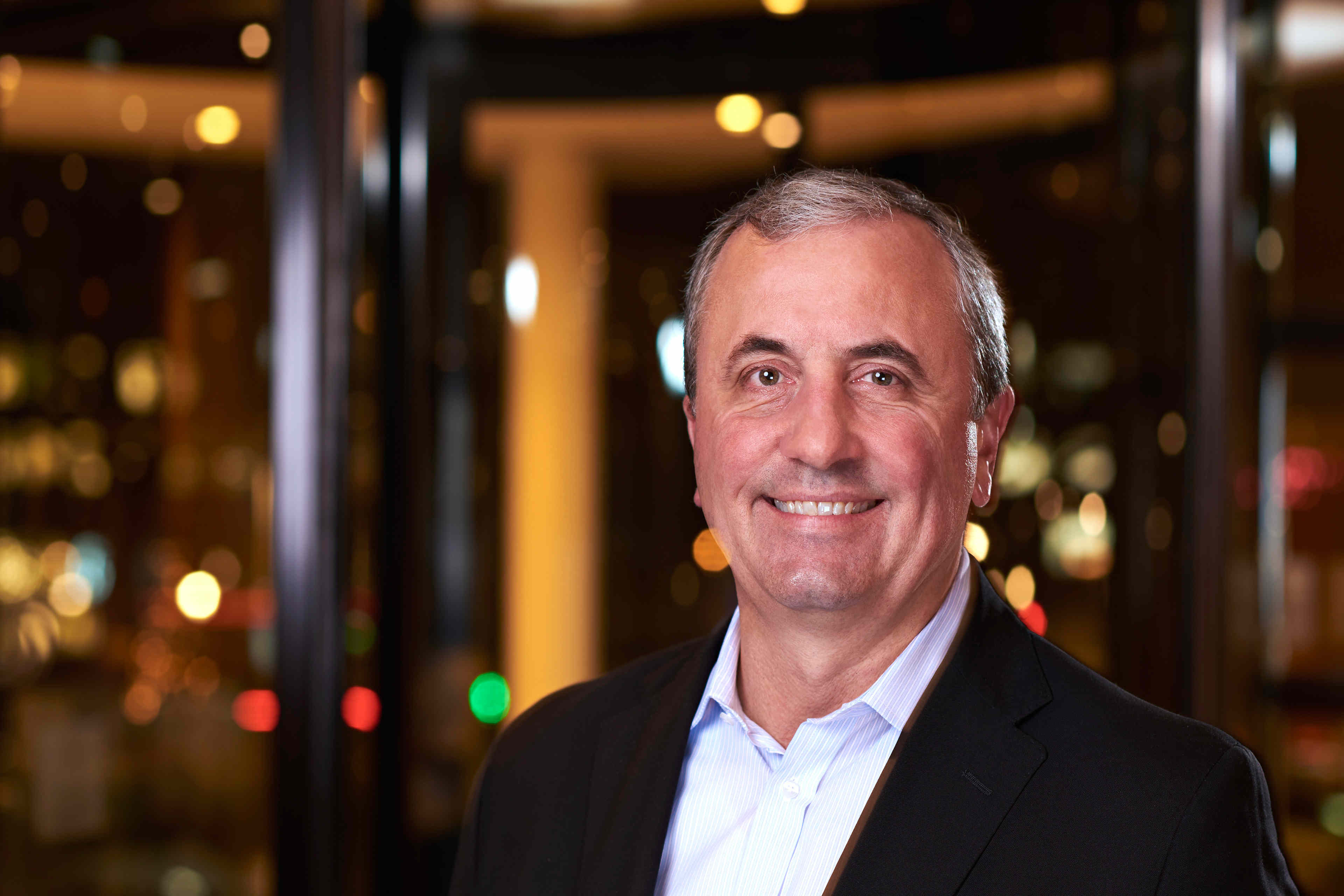EY refers to the global organization, and may refer to one or more, of the member firms of Ernst & Young Global Limited, each of which is a separate legal entity. Ernst & Young Global Limited, a UK company limited by guarantee, does not provide services to clients.
How EY can Help
Accentuating the positive
Too often, the need for climate action is defined in negative terms — of the dystopian future that must be avoided — rather than exploring and actively designing for a positive vision of the future we want. That’s why this new report — What could finance do today to help climate innovators bridge gaps to a sustainable future? (pdf) — deliberately takes a different tack.
It profiles nine changemakers — including from the financial sector — who are reframing the future here and now. From forest conservation and advancing circular supply chains, to ethical banking and driving investment in nature-based solutions, they’re innovating new products, services and business models with long-term value creation for people, society and the planet at their core.
“Better answers to the interconnected challenges of climate change and social inequality already exist, they just need to be scaled.” says Sriram Kuchimanchi, Founder and CEO of Smarter Dharma, one of those nine featured enterprises.
“We’re grateful to EY and Ashoka teams for shining a light on how the financial system can better support this; also for EY Ripples workshops, run off the back of this research, to brainstorm ideas that can help us achieve scale faster.”



